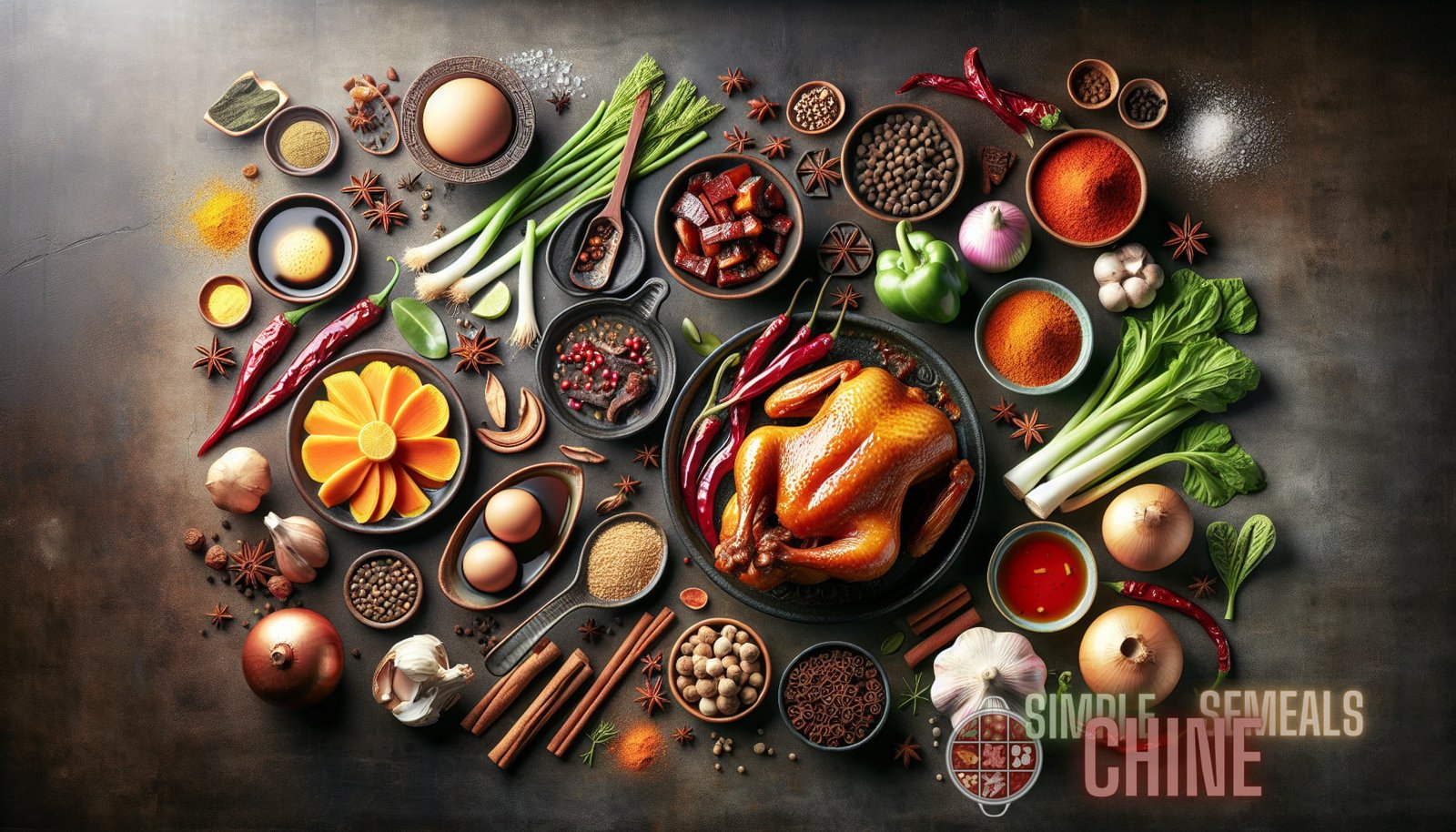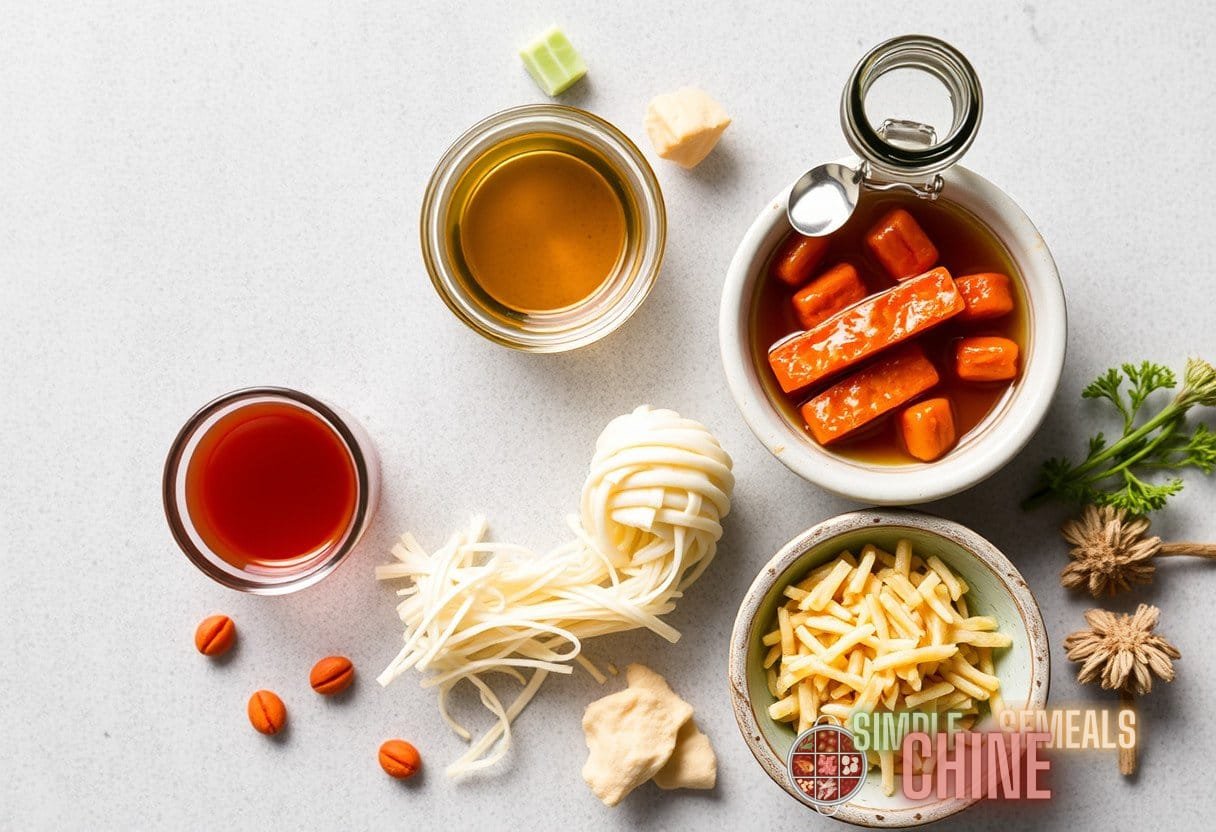The Subtle Chemistry Behind Chinese Culinary Alchemy: Unraveling the Science of Ingredient Pairings for Unforgettable Flavors
Chinese cuisine is renowned worldwide for its rich flavors, complex combinations, and impeccable balance. From the delicate sweetness of Peking duck to the fiery spice of Sichuan cuisine, Chinese dishes are a treasure trove of taste sensations. But what is the secret behind these unforgettable flavors? How do Chinese chefs manage to create such amazing taste profiles with a seemingly simple combination of ingredients? The answer lies in the subtle chemistry behind Chinese culinary alchemy.
The Art of Ingredient Pairings
In Chinese cuisine, the art of ingredient pairings is a fundamental principle. Chinese chefs excel at combining ingredients in a way that brings out the best in each one. They strive to achieve harmony among the five tastes—sweet, sour, bitter, salty, and umami—and create a balanced flavor profile that is both satisfying and complex.
Chinese cuisine takes a holistic approach to ingredient pairings, considering not only the flavors but also the textures, colors, and even the temperature of the ingredients. Each ingredient is chosen not only for its individual taste but also for how it interacts with other ingredients. This creates a multi-layered flavor experience that is both intriguing and harmonious.
Understanding Flavor Profiles
One of the keys to unlocking the magic of Chinese ingredient pairings lies in understanding flavor profiles. Each ingredient has its own unique taste characteristics, and by combining ingredients with complementary or contrasting flavors, Chinese chefs can create a symphony of tastes.
Here are some common flavor profiles used in Chinese cuisine:
- Sweet and sour: The combination of sweet and sour flavors creates a refreshing and tangy taste. This flavor profile is commonly found in dishes like sweet and sour pork or kung pao chicken.
- Hot and numbing: This flavor profile is a hallmark of Sichuan cuisine. The combination of spicy and numbing flavors creates a unique taste experience that is both fiery and addictive.
- Salty and sweet: The combination of salty and sweet flavors creates a rich and savory taste. This flavor profile is commonly found in dishes like soy sauce chicken or black bean sauce.
- Bitter and sweet: The combination of bitter and sweet flavors creates a complex and intriguing taste profile. This flavor profile is commonly found in dishes like bitter melon stir-fry or bitter gourd soup.
- Salty and sour: The combination of salty and sour flavors creates a bold and tangy taste. This flavor profile is commonly found in dishes like hot and sour soup or pickled vegetables.
By understanding these flavor profiles and how they interact with each other, Chinese chefs can create dishes that are not only delicious but also well-balanced.
The Science Behind Ingredient Pairings
Chinese culinary alchemy is not simply an art; it is also grounded in science. The complex interactions between ingredients can be explained by the principles of food chemistry.

One important factor is the presence of certain compounds in ingredients that can enhance or mask certain flavors. For example:
- MSG (monosodium glutamate) is a flavor enhancer commonly used in Chinese cuisine. It enhances the umami taste and brings out the savory flavors in dishes.
- Acids like vinegar and citrus juices can add a tangy taste and brighten the flavors of a dish.
- Sugar can balance out the acidity of certain ingredients and add sweetness to a dish.
- Spices like chili peppers or Sichuan peppercorns can add heat and spice to a dish.
Another important consideration is the texture of ingredients. Chinese cuisine places a strong emphasis on texture, as it adds another dimension to the overall dining experience. Ingredients with contrasting textures, such as crispy vegetables and tender meats, can create a more interesting and satisfying dish.
The temperature of ingredients also plays a role in Chinese culinary alchemy. For example, the contrasting temperatures of hot soup and cold vegetables in a Sichuan hot pot create a dynamic taste experience that is both satisfying and refreshing.
Unleashing the Magic of Ingredient Pairings
If you want to unlock the magic of Chinese cooking and create unforgettable flavors in your own kitchen, here are some tips:
- Understand the flavor profiles of ingredients and experiment with different combinations to find the perfect balance.
- Pay attention to textures and aim for a mix of crisp, tender, and chewy ingredients in your dishes.
- Consider the temperature of ingredients and experiment with hot and cold combinations to add depth to your dishes.
- Don’t be afraid to use bold flavors like chili peppers or Sichuan peppercorns to add spice and excitement to your dishes.
- Balance flavors with the right amount of salt, sugar, and acids like vinegar or citrus juices.
By understanding the subtle chemistry behind Chinese culinary alchemy and experimenting with ingredient pairings, you can elevate your cooking to new heights and create dishes that are truly unforgettable.
| References |
|---|



